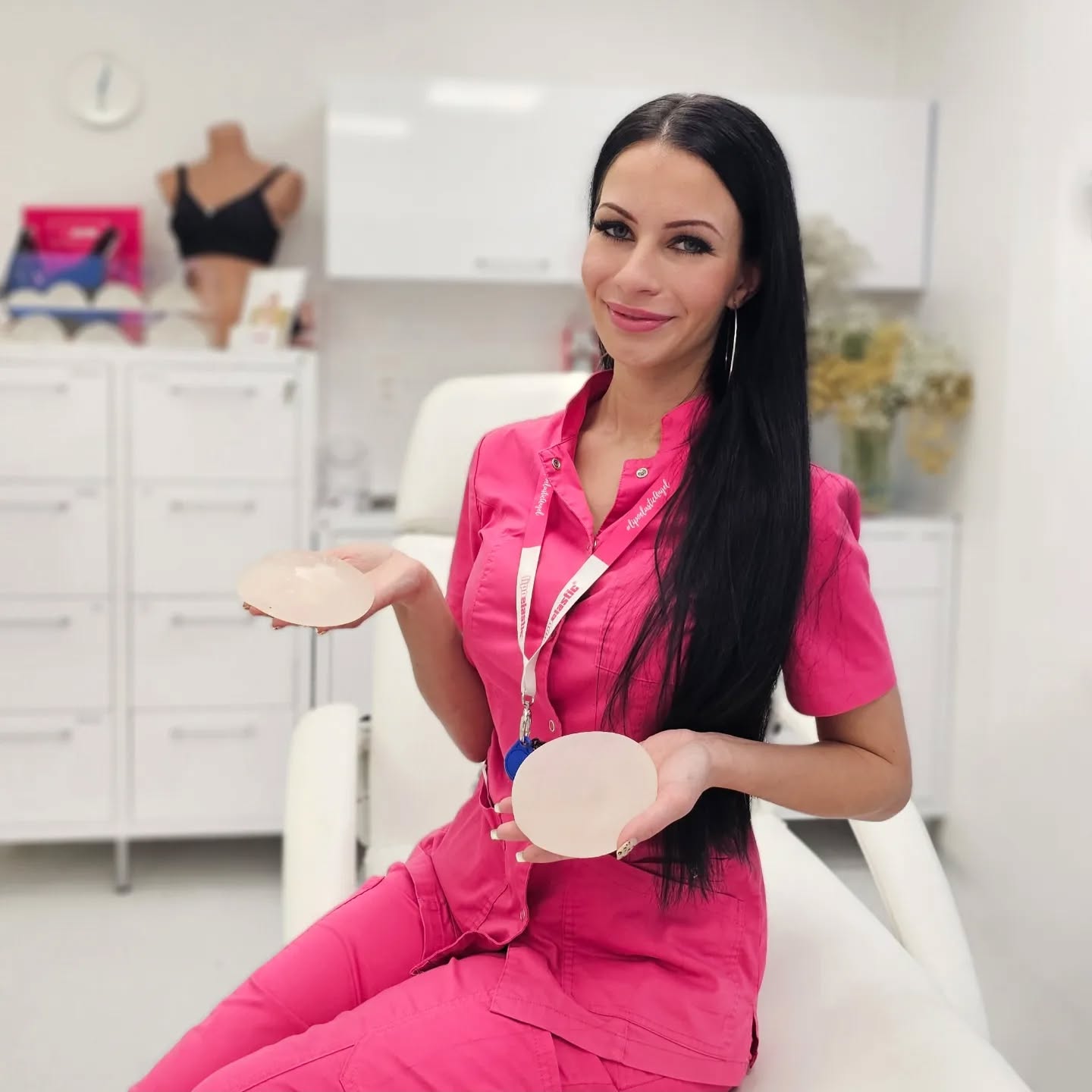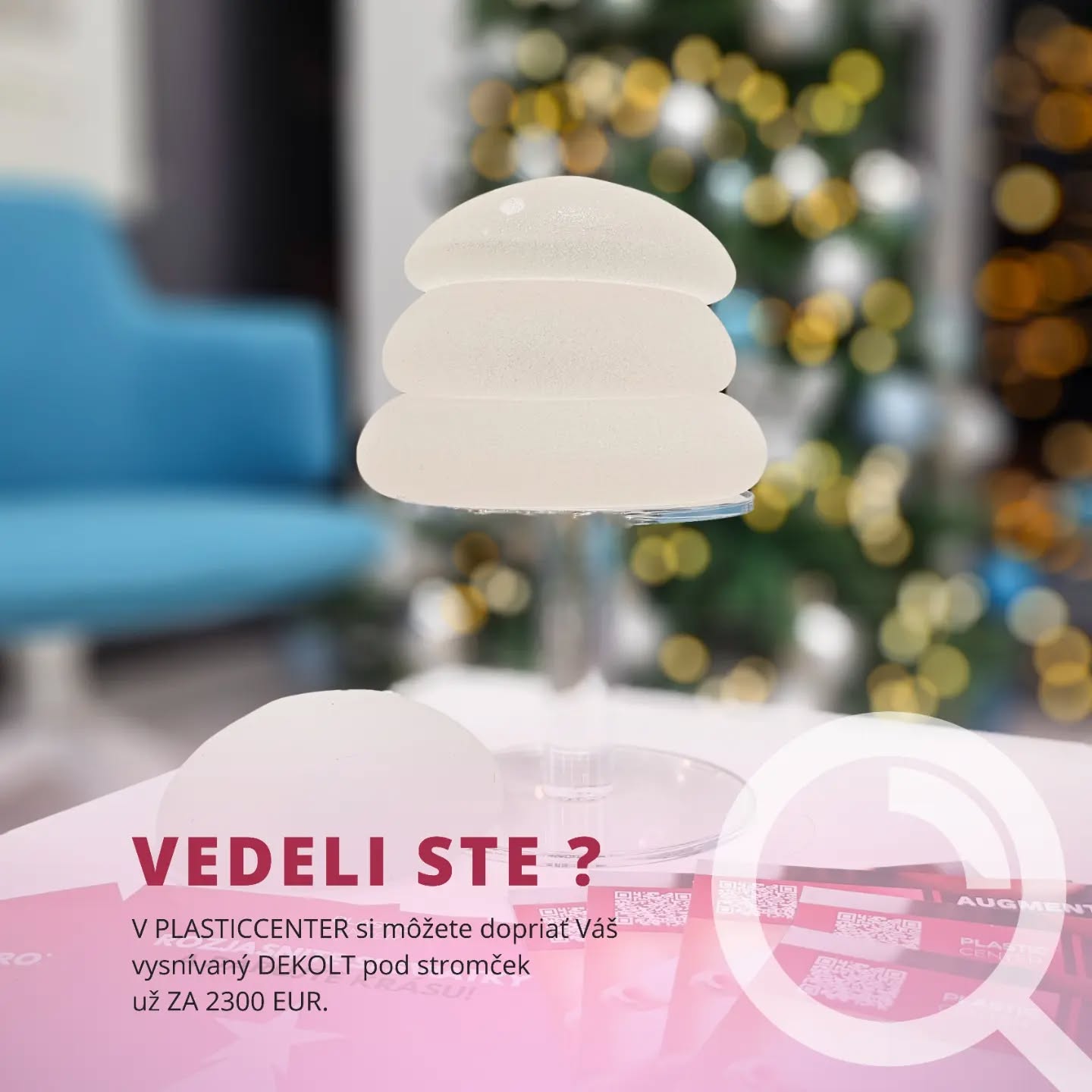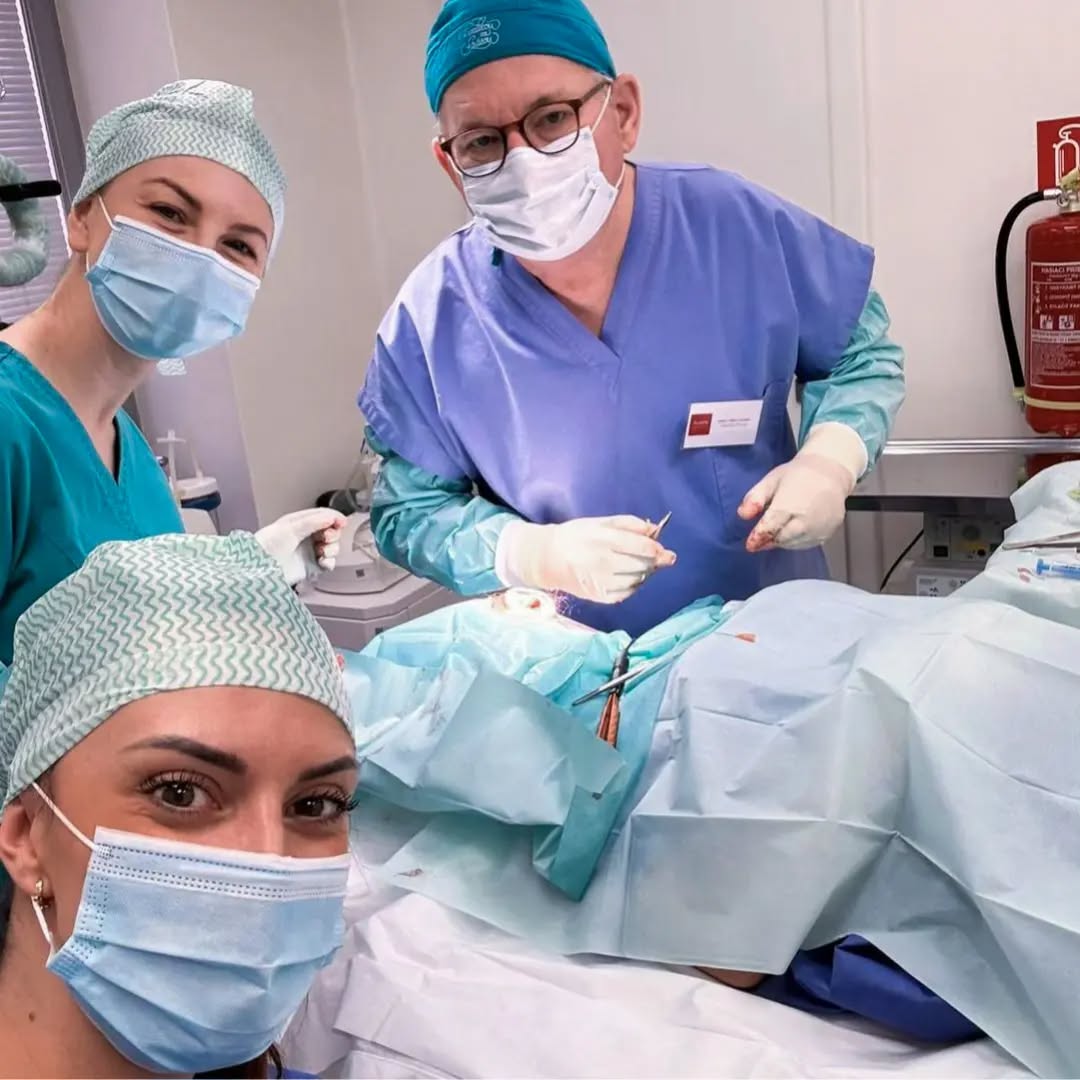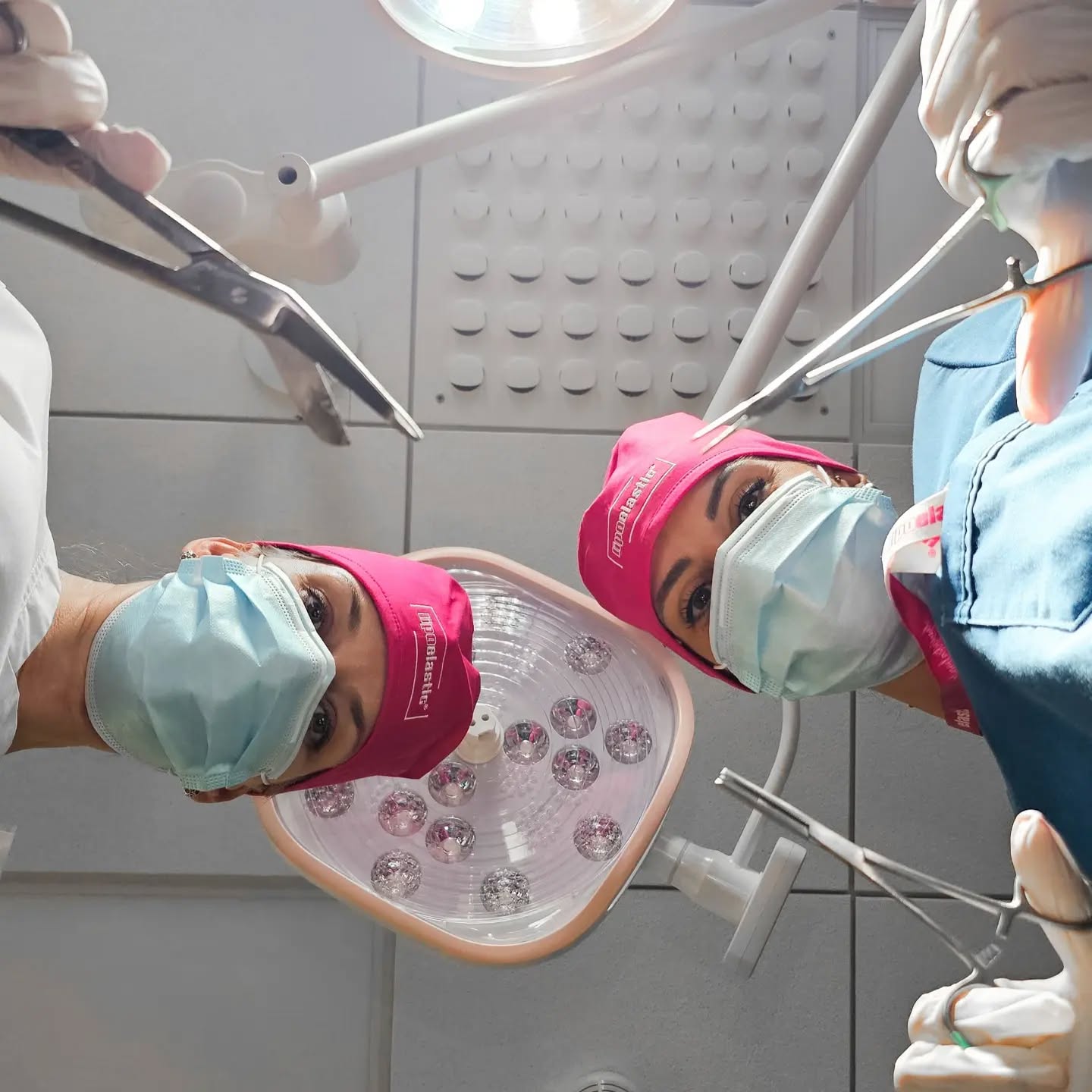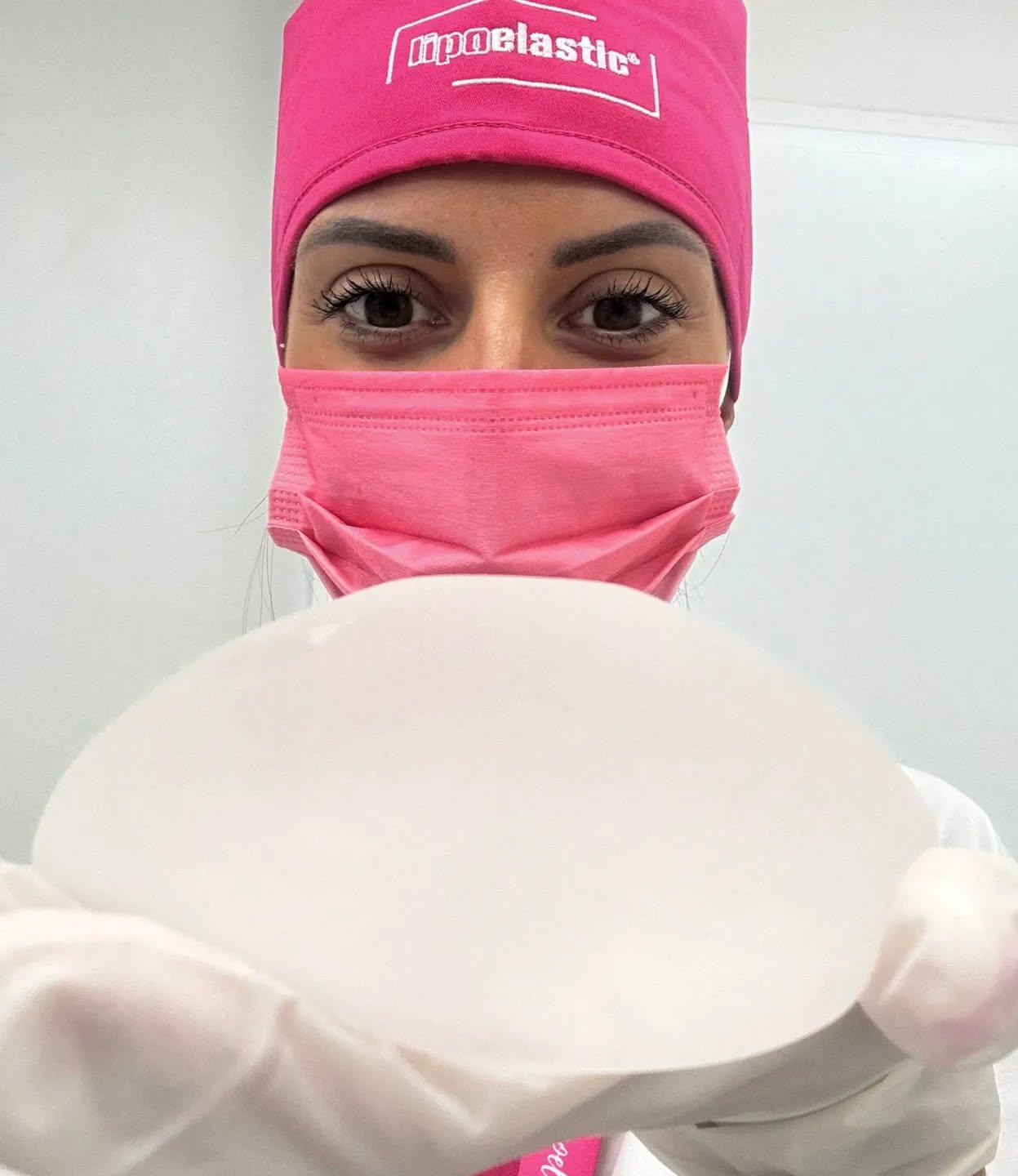Growth removal
SURGICAL REMOVAL
#chirurgicialoziska
Surgical removal of a growth
Various growth are often present on the skin and in the subcutaneous tissue. On the skin, these are the most commonly pigment deposits, but other growths are also common (e.g. warts, pediculated formations, vascular malformations, fat formations resembling birthmarks, etc.).
However, tumours, such as a melanoma or the so-called basal cell carcinoma in older people, may also form on the skin. Various growths may be present in the subcutaneous tissue, such as lipoma of fatty origin, a tumour of clogged sebaceous glands and the like.
Nearly all of these growths are removed under local anaesthesia, either surgically or by laser. The doctor will decide on the method. The growth is most often removed surgically on an outpatient basis by fusiform removal and suturing of the edges of the wound. With larger tumours, a shift of the skin and local plastic surgery, or a skin graft, is also required. Harmless growths that do not require histological examination are removed using a laser.
Pre-operative preparation
In the case of a healthy client, no additional examinations are required prior to the operation. If the client has serious concomitant diseases, it is advisable to undergo minimally a basic examination of the blood and internal environment before the operation. In serious cases, an internal pre-operative examination may be added.
Course of the operation
The operation is performed under local anaesthesia. An anaesthetic is injected around the lesion and within 2-5 minutes of administration, the site is so insensitive that the operation can be performed without pain. The growth is removed most often with a safety edge of some 2-3 mm so to ensure that it is removed completely. After removal of the growth, bleeding is first stopped in the surgical wound and then the wound is closed by suturing. The wound is subsequently covered with a sterile dressing or bandaging.
Post-operative care
The client is instructed in care of the wound and goes home immediately after the operation. The client later comes for a check-up, as needed, or 7-14 days after surgery. During this check-up, the sutures are also removed.
Why this treatment?
- histological examination
- the growth is most often surgically removed on an outpatient basis
- possibility of laser scar correction
* You can register at klient.dcmedical.eu and use credit payment, where with the highest bonus you pay the highest price | Anyone can register, even a new client/patient
** Prices are orientational only | The final price depends on the complexity and range of the interventions, which we will confirm upon consultation | The price list is valid on date 6.12.2025







